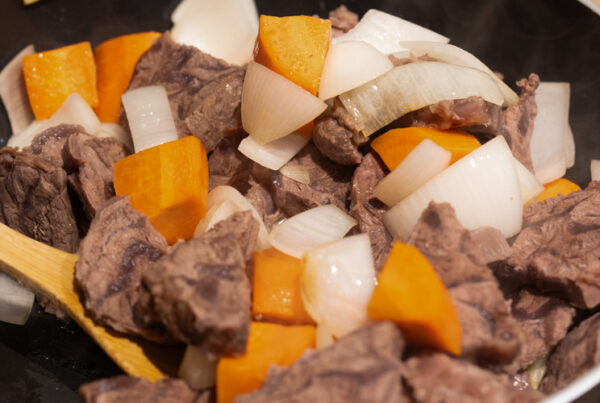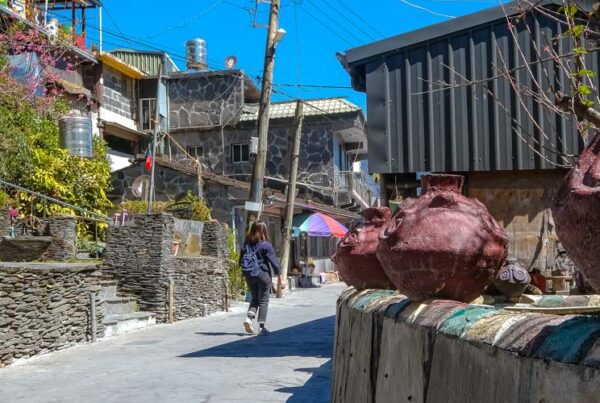The southern city of Tainan is arguably the best place in Taiwan to go on a history and heritage hunt Here are just a few suggestions to get you started on a Tainan streets tour of intriguing sights and memorable delights.
Text: Owain Mckimm, Photos: Rich Matheson
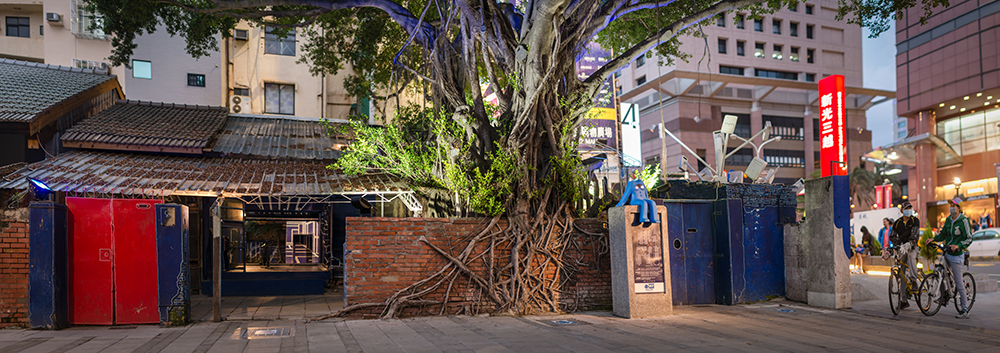
History and modernity in Tainan
As Taiwan’s first and former capital, the beautiful southern city of Tainan is rich in history – far richer, it has to be said, than its hastily modernized usurper, Taipei. Once the regional base of the Dutch East India Company (VOC), and later the pet project of the Ming Dynasty general and folk hero Koxinga, Tainan boasts some of the oldest forts and ruins, temples, streets, and best-preserved historic buildings in Taiwan. And whereas Taipei aims to be international, modern, and forward thinking, Tainan remains a very old-school Taiwanese city, staunchly proud and protective of its heritage.
That’s not to say, though, that Tainan isn’t innovative – indeed, artists and young entrepreneurs are taking the shells of the city’s old buildings and repurposing them as cafés, shops, and restaurants, simultaneously preserving the city’s antique facades while also catering to the needs of the modern urbanite.
National Museum of Taiwan History
You can, of course, soak in Taiwan’s early history by wandering around historic districts like Anping (controlled by the VOC in the 1600s) or the city center (home to the country’s first Mazu and Confucius temples). However, for something a little broader in scope and more detailed, a visit to the National Museum of Taiwan History – without hyperbole, one of the best museums in Taiwan – is most certainly in order.
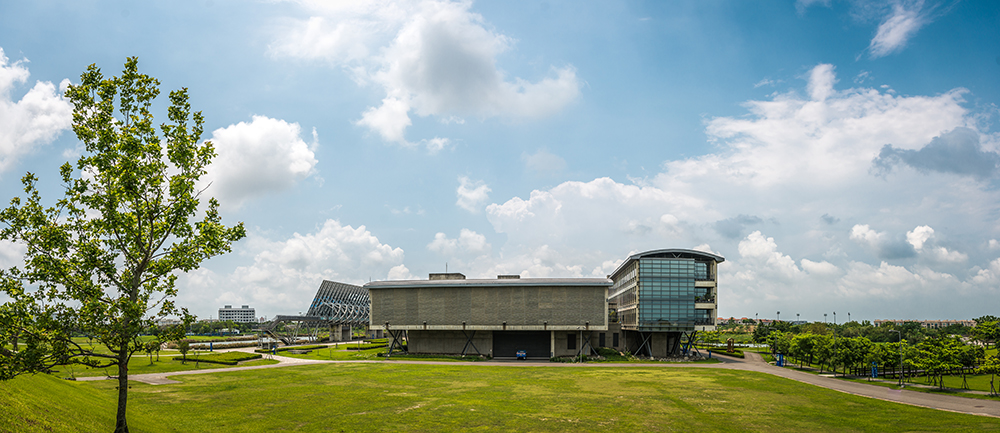
National Museum of Taiwan History
The museum was opened in 2011 after 12 years of preparation and construction, and you’ll find little in the way of gilded antique vases or jadeite sculptures here. Unlike the National Palace Museum in Taipei, which showcases ancient Chinese imperial artifacts that were evacuated to Taiwan from mainland China during the Chinese Civil War, and which, as a result, portrays Taiwan in a distinctly Chinese context, the National Museum of Taiwan History is all about the fascinating history of Taiwan on its own terms. The museum covers the whole gamut of this land’s short but chequered modern history, from Taiwan’s early indigenous inhabitants, through its Dutch, Spanish, Ming/Qing, and Japanese periods, and ending with the martial-law period of the mid-to-late 20th century.
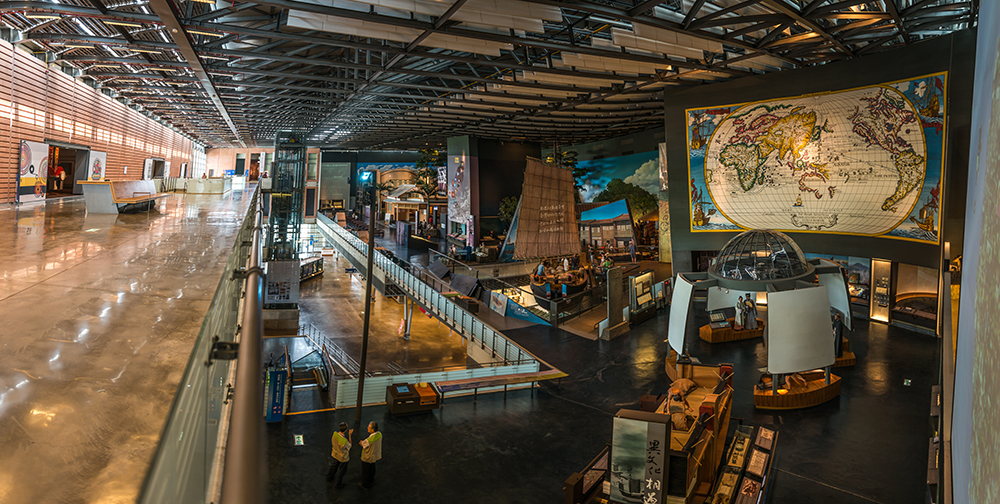
National Museum of Taiwan History exhibition hall
Rather than illustrating local history via a collection of fragile artifacts hermetically sealed in glass cases, the museum instead presents a three-dimensional snapshot of each period with a population of lifelike and life-sized models.
Reconstructions of cargo ships and their crew illustrate how early Han Chinese settlers immigrated to the island from southern China; a group of indigenous people signing papers with Han farmers show how the new immigrants interacted with the original inhabitants; an entire Mazu (Goddess of the Sea) temple procession complete with red- and green-faced guardian demons illuminates the island’s religious life; besuited tea merchants and guild heads introduce the Taiwanese-tea boom of the 19th century. The jewel in the collection, however, is without doubt the reconstructed Japanese-era shopping street, complete with a grocery shop, photography studio, cloth seller, and café.
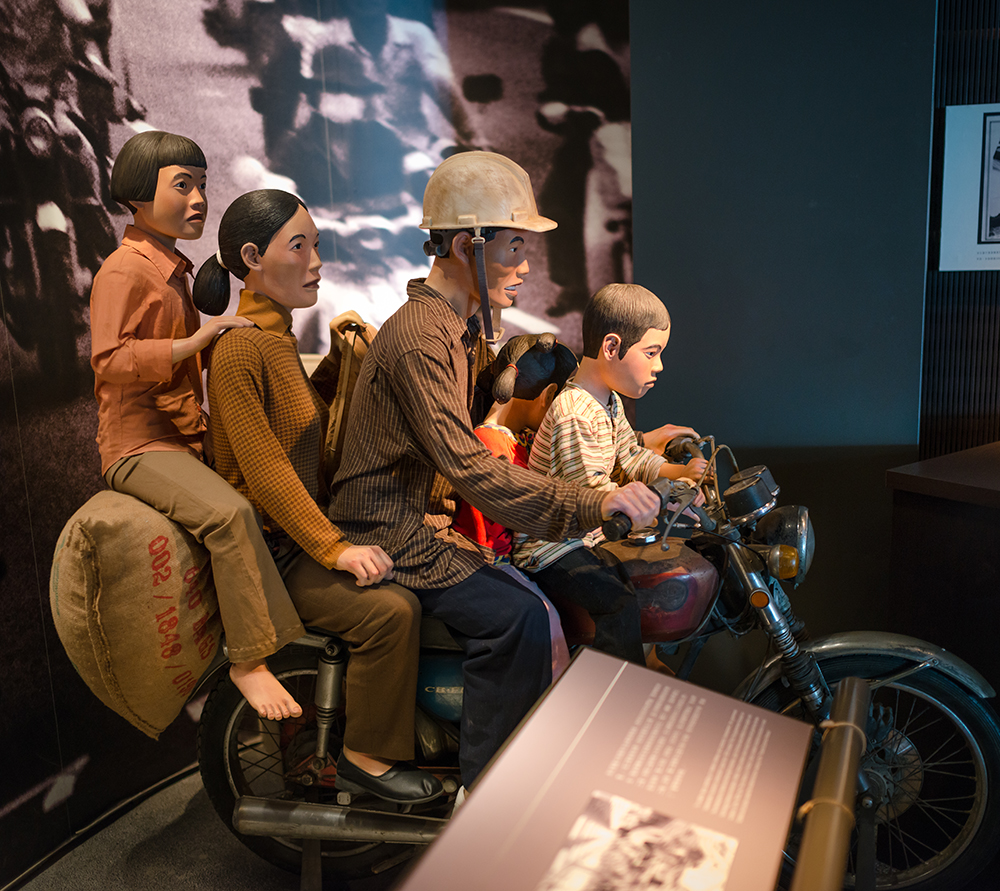
Life in the 1960s
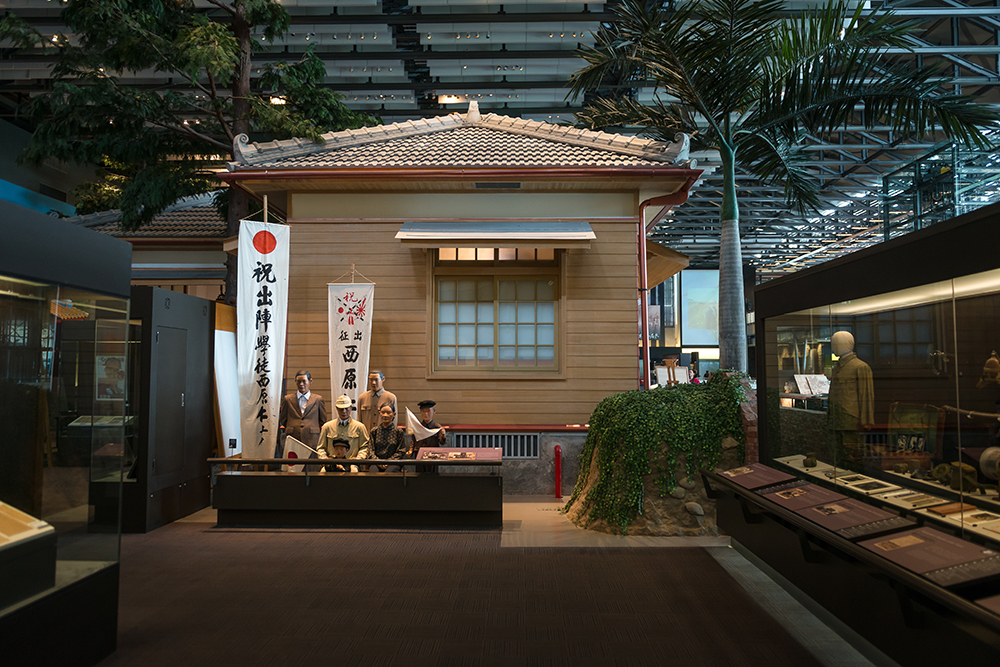
Japanese colonial period
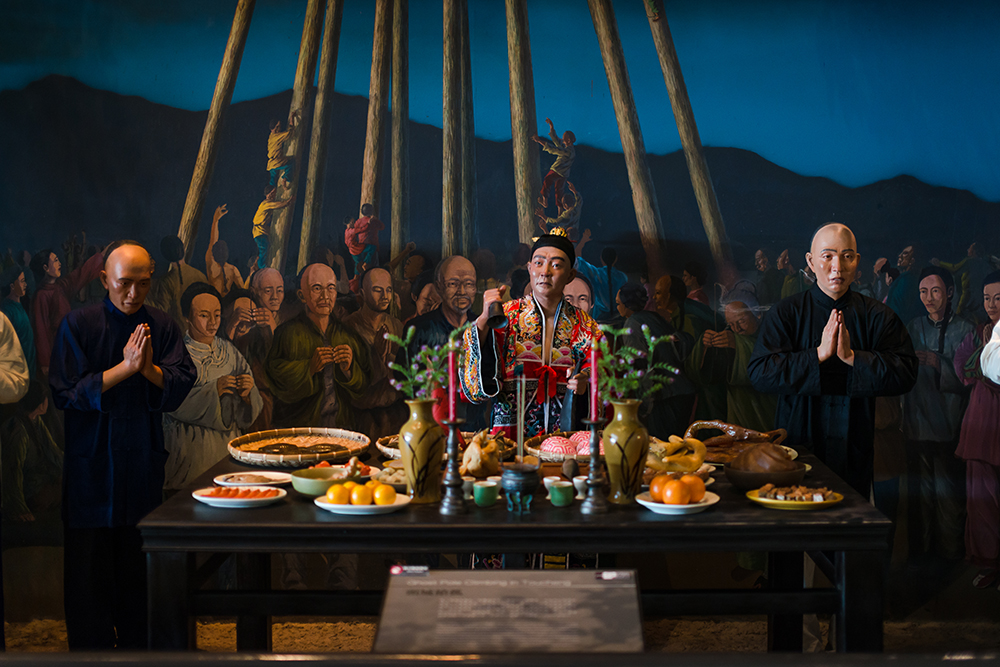
Temple ceremony

Fierce face
The museum has excellent information boards, in both English and Chinese, as well as a comprehensive English audio guide. Set some time aside for this visit – you’ll be captivated for hours.
Add: No. 250, Sec. 1, Changhe Rd., Annan Dist., Tainan City
(臺南市安南區長和路一段250號)
Tel: (06) 356-8889
Hours: 9am~5pm; Closed Mon.
Admission: Adults NT$80; concession NT$40
Website: www.nmth.gov.tw
Luzao Teahouse
After gorging yourself on history, you may be in the mood to savor something a little more tangible than historical facts. Tainan has no shortage of good eateries, and a stop at a “coffin bread” or shrimp-roll stall will undoubtedly sate your appetite. However, in keeping with the historical theme, you might try lunch in one of the city’s many converted old buildings.
The Luzao Teahouse, for example, found beside a little courtyard down an inconspicuous alley off Weimin Street, was once an old family residence that was left vacant when the family moved into more spacious accommodation. The owner of the teahouse – Huang Shao-qi – whose mother once ran a restaurant by the same courtyard, often used to walk by the empty house and, wondering who owned it, one day slipped a letter underneath the door asking for permission to rent. A while later he got a reply, and seven years ago he opened the teahouse.
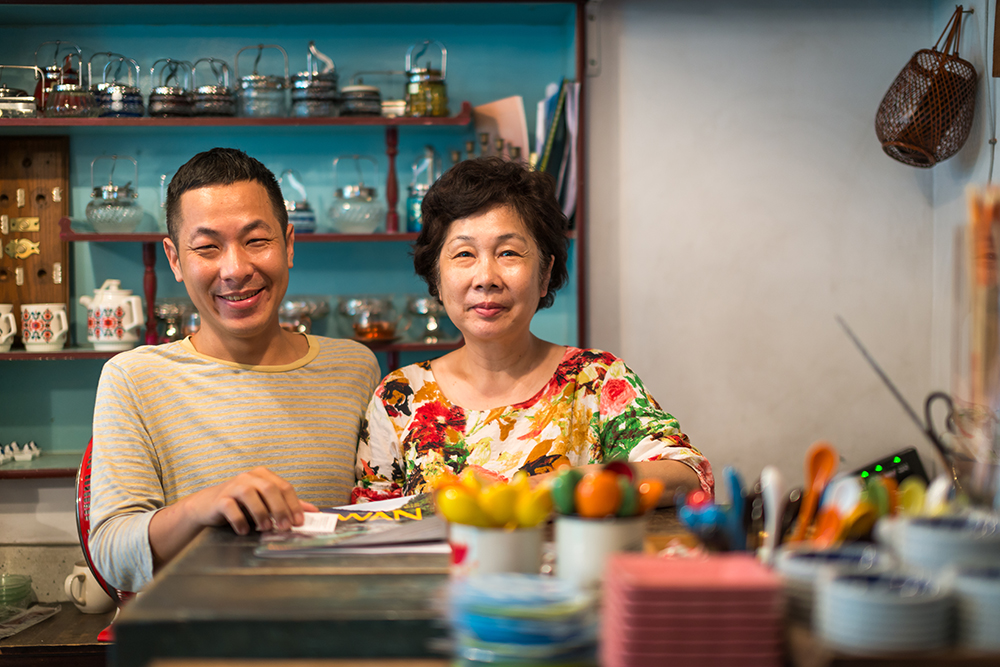
“Welcome to Luzao Teahouse!”
The upstairs area has something of a Japanese feel about it, with a tatami-covered floor – though this is in fact a call-back to Huang’s childhood, when he used to sleep on tatami, rather than an overt attempt to imitate the Japanese.
The teahouse sells a range of local and foreign teas, but Huang recommends the four-fruits tea (made with fresh passion fruit, watermelon, kiwi, and pineapple) and the afternoon tea set, which includes finger sandwiches of pork and cheese, a mochi Swiss roll, and a whipped-cream-and-cherry-topped pudding – all delectable, though more suitable as a light refreshment than a real lunch.
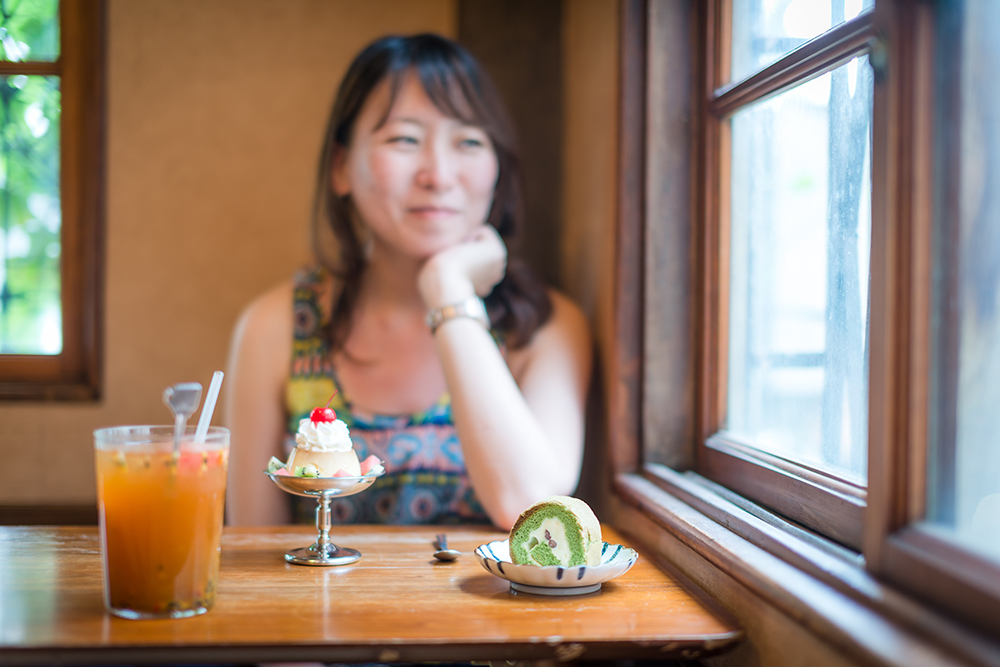
Dessert in historic ambience

Afternoon delights
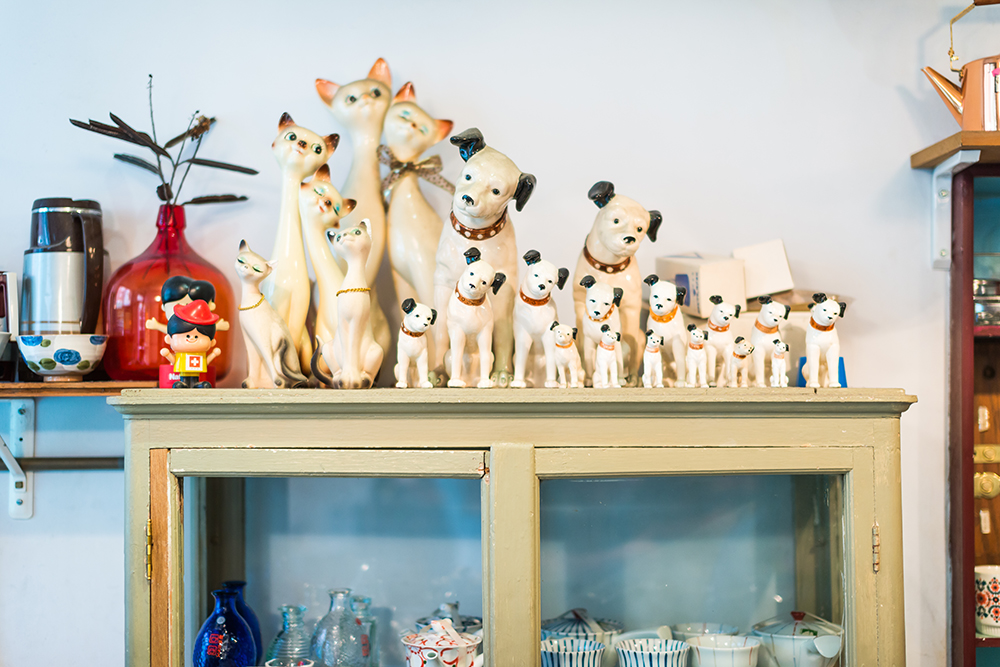
Cats and dogs
Add: No. 1, Ln. 70, Weimin St., Tainan City (台南市衛民街70巷1號) Tel: 0919-633-225 Hours: Mon.~Fri. 10am~6pm; Weekends 9am~6pm; Closed Tues. For something a little grander in scale, try the Jieyichang Historic Restaurant, located in the old Xinhua Township Office. If you ask the manager, Gao Rong-jie, to tell you a little about the building’s history, he might direct you to look at a mural on the wall of the building opposite, which features a team of burly men tugging on a thick rope. Jieyichang Historic Restaurant In the year 2000, in order to preserve the township office following plans to build an underground car park beneath the building, 1,500 volunteers moved the structure over 300 meters away and then back again using only ropes and rollers. Of course, after expending so much effort to save the building, there was no question of demolishing it – giving it new life as a business was the natural next step. The mural also depicts Xinhua Township’s “three treasures” – pineapples, bamboo shoots, and sweet potatoes. These are put to heavy use as ingredients in the restaurant’s dishes – along with, somewhat incongruously, olives. Inside Jieyichang Historic Restaurant Steaming hot pot A rarely seen crop in Taiwan, the local olives are larger and more strongly flavored than regular European olives. Local cultivation was undertaken during the Japanese colonial period (1895-1945) to provide a refreshing snack for soldiers barracked nearby. The restaurant’s olive hotpot is quite the pleasant oddity, the olives giving the stock a sour, briny quality that you’ll find nowhere else on the island. Steak Waffles Add: No. 500, Zhongzheng Rd., Xinhua Dist., Tainan City (台南市新化區中正路500號) Tel: (06) 590-5599 Hours: 11am~10pm; Closed Mon. Website: www.1934.com.tw (Chinese) Tainan’s Anping District is without question one of the city’s finest, with mazes of streets and alleys clustered with traditional low-roofed red-brick buildings that are, unfortunately, much a thing of the past in other cities on the island. It’s only fitting, then, that traditional art is preserved in these buildings too. While handicrafts can be expensive, if you’re on the lookout for some characterful souvenirs that don’t break the bank, you could do a lot worse than visiting Lufu Creative Industries. Lufu Creative Industries This store sells handmade scented sachets – embroidered silk pouches filled with fragrant herbs and spices, traditionally said to ward off evil spirits and disease – and charm bags – flat, purse-like packets containing a piece of Buddhist or Daoist scripture, some semi-precious stones, or a lucky coin, designed to bring the bearer good fortune, protection, or wealth. The items are made by a small and dedicated staff right in the shop, and come in a variety of patterns, ranging from traditional flowers and Chinese characters to more flamboyant caricatures of local folk deities and talismanic emblems such as peanuts, lions, and auspicious fruit. Prices start at around NT$40 (a bargain considering each sachet takes at least 3 hours to make) and top at around NT$350 for the most intricate. Talismanic emblems Add: No. 5, Ln. 70, Yanping St., Anping Dist., Tainan City (台南市安平區延平街70巷5號) Tel: (06) 221-3811 Website: www.lufu.tw (Chinese) If you’re heading back into the center of Tainan for the evening, a pleasant place to end the day is the Blueprint Culture and Creative Park (the “blueprint” in question is a three-dimensional optical illusion on the east side of the park, which fools the eye into mistaking a solid wall for an architectural blueprint). Blueprint Culture and Creative Park The park, which opened in December 2015, was created by renovating a set of old dormitories – that once housed employees of the local judiciary – as a way to both preserve the buildings and make the assets financially viable. The area is particularly lovely after sunset, the shop windows lit up and the artwork that adorns the walls brightly illuminated. The stores that are housed here are a mixture of cultural and commercial – selling everything from luxury pet products to artisanal stationery. Blueprint Culture and Creative Park Indeed, one of the most interesting shops in the complex is Juzhen Taiwan, which sells postcards, prints, and maps inspired by Taiwan’s past. The shop’s general manager – Qiu Tian-zhi – is a fount of local knowledge, and certainly worth striking up a conversation with. One particularly lovely set of products that Qiu likes to introduce is a collection of thin metal bookmarks shaped to resemble the patterned wrought-iron window bars that you’ll see on many of Tainan’s old buildings. Walk through the little streets and alleys, Qiu tells visitors; you’ll see them. The beauty of Tainan is everywhere. Juzhen Taiwan Add: No. 2, Ln. 689, Sec. 1, Ximen Rd., South Dist., Tainan City (臺南市南區西門路一段689巷2號) Tel: (06) 222-7195 Website: http://bcp.culture.tainan.gov.tw Hours: 1pm~8pm; Closed Tues. Add: No. 660, Sec. 1, Shi-Men Rd., Tainan (台南市中西區西門路1 段6 6 0 號) Tel: (06) 213-5555Jieyichang Historic Restaurant
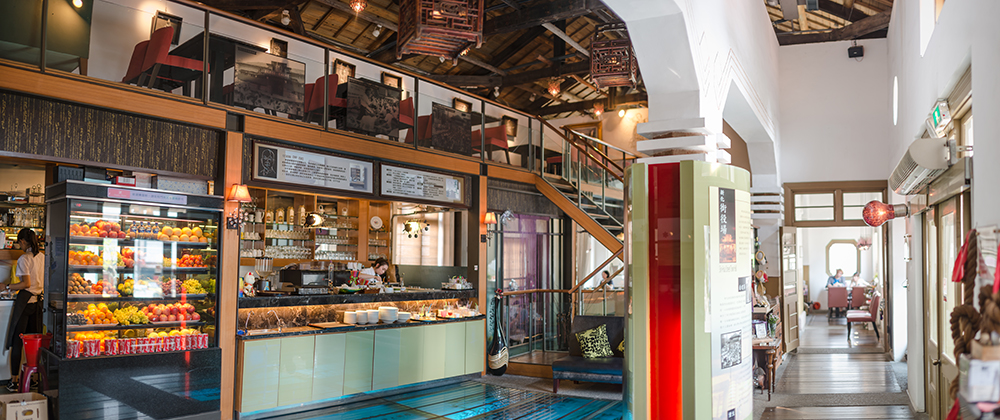
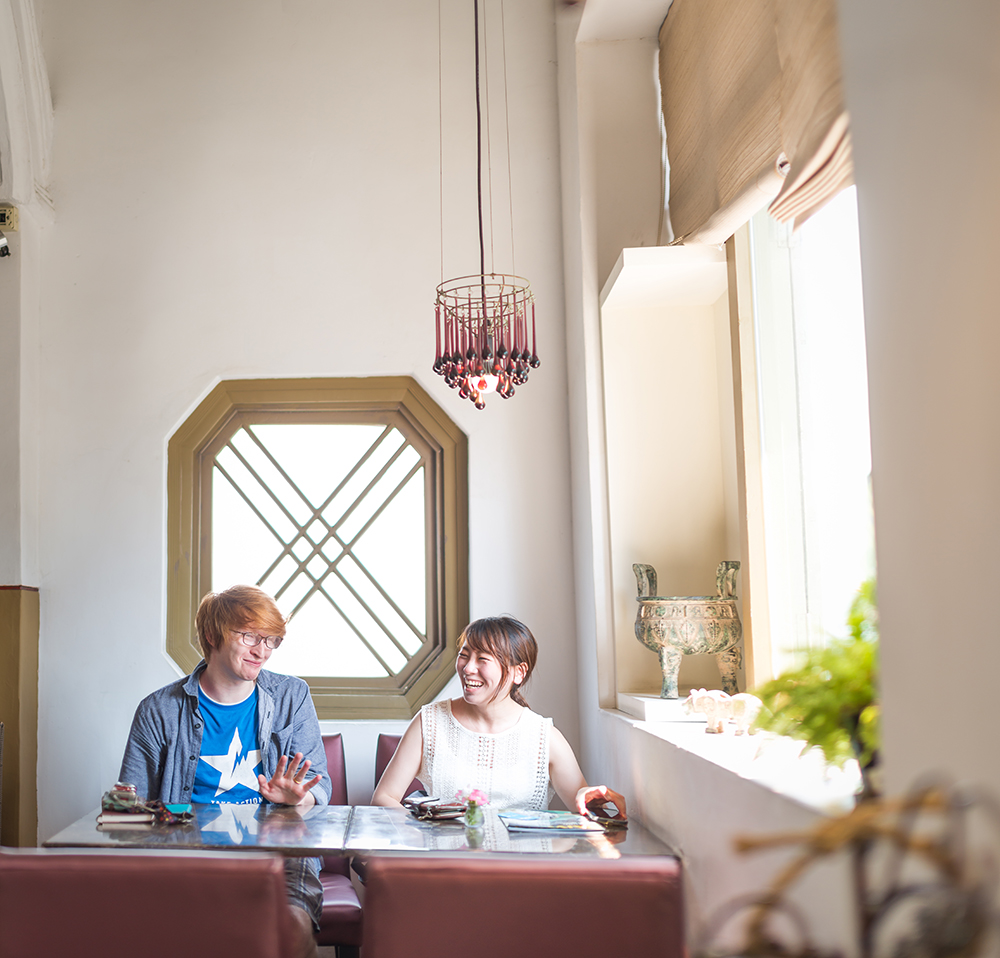
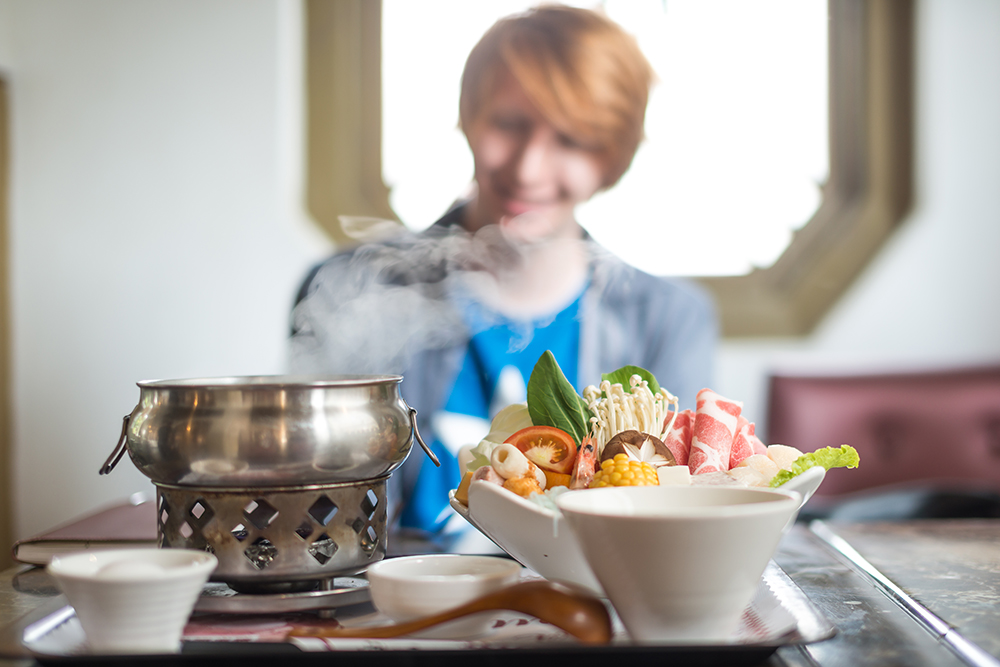
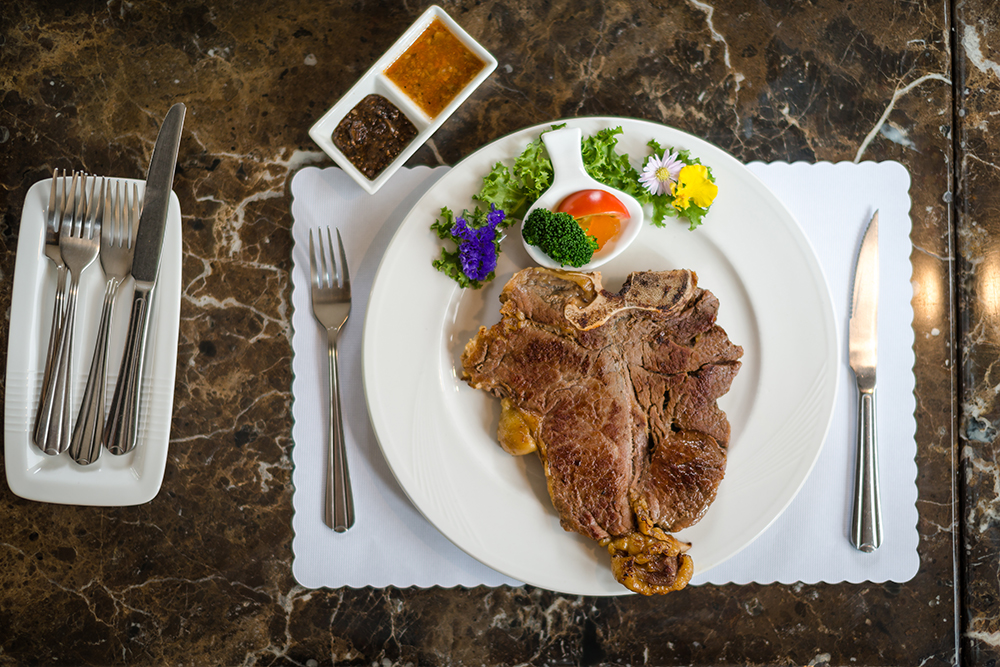
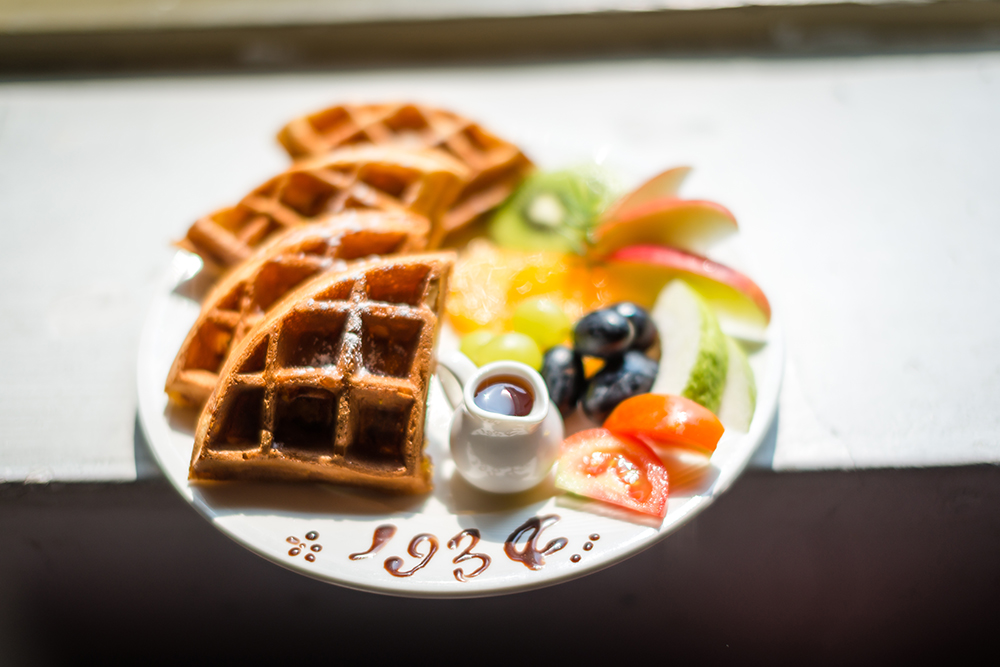
Lufu Creative Industries
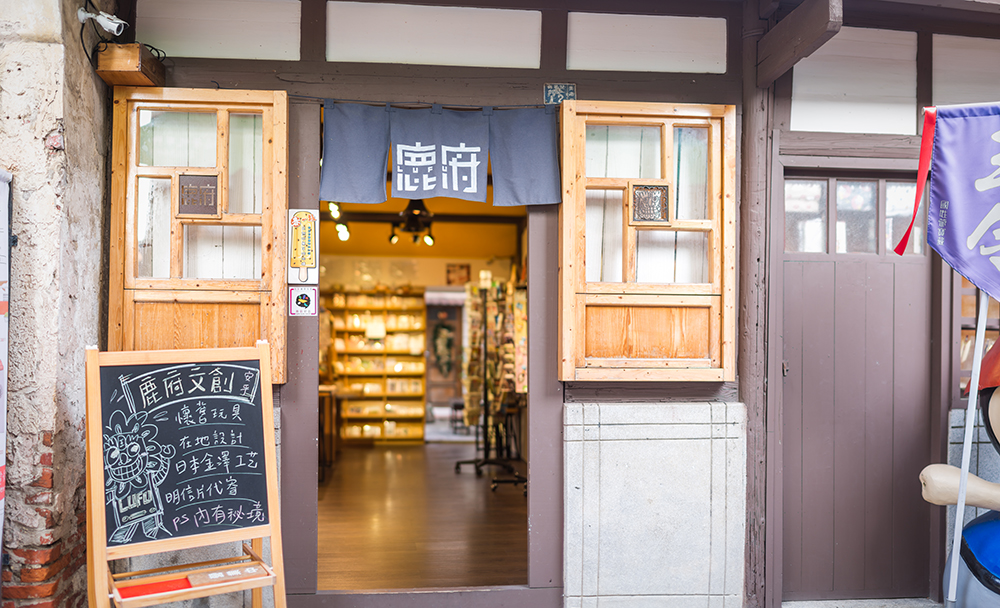
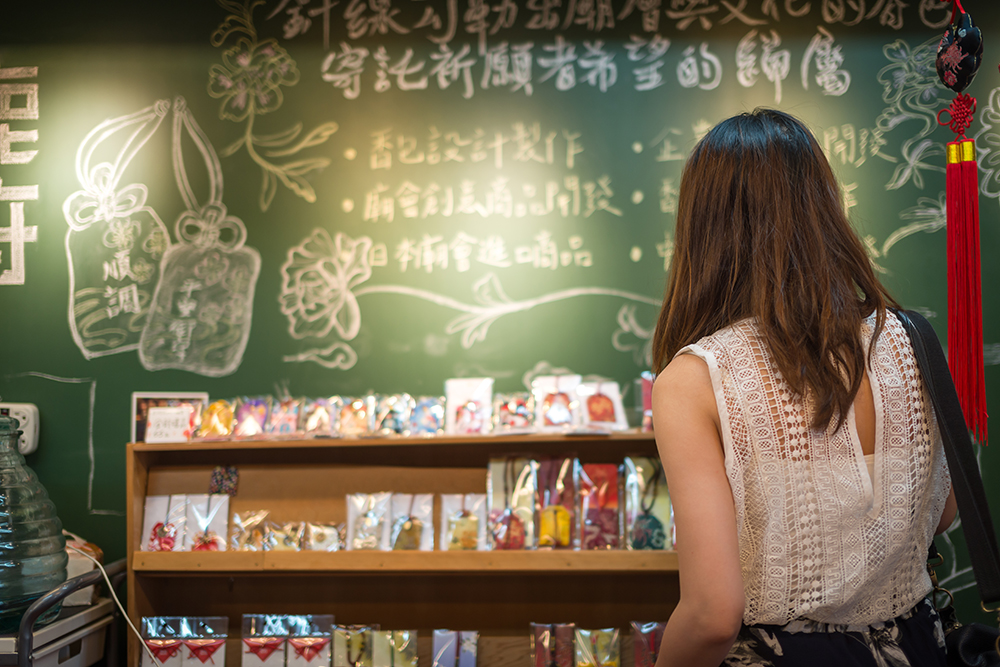
Blueprint Culture and Creative Park

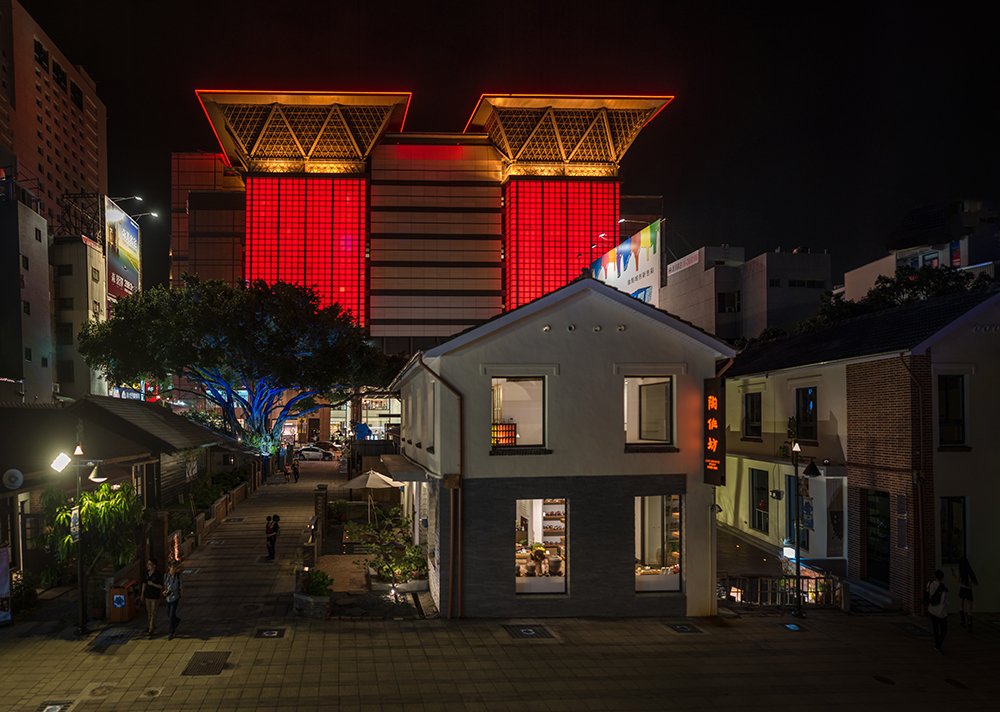
Juzhen Taiwan
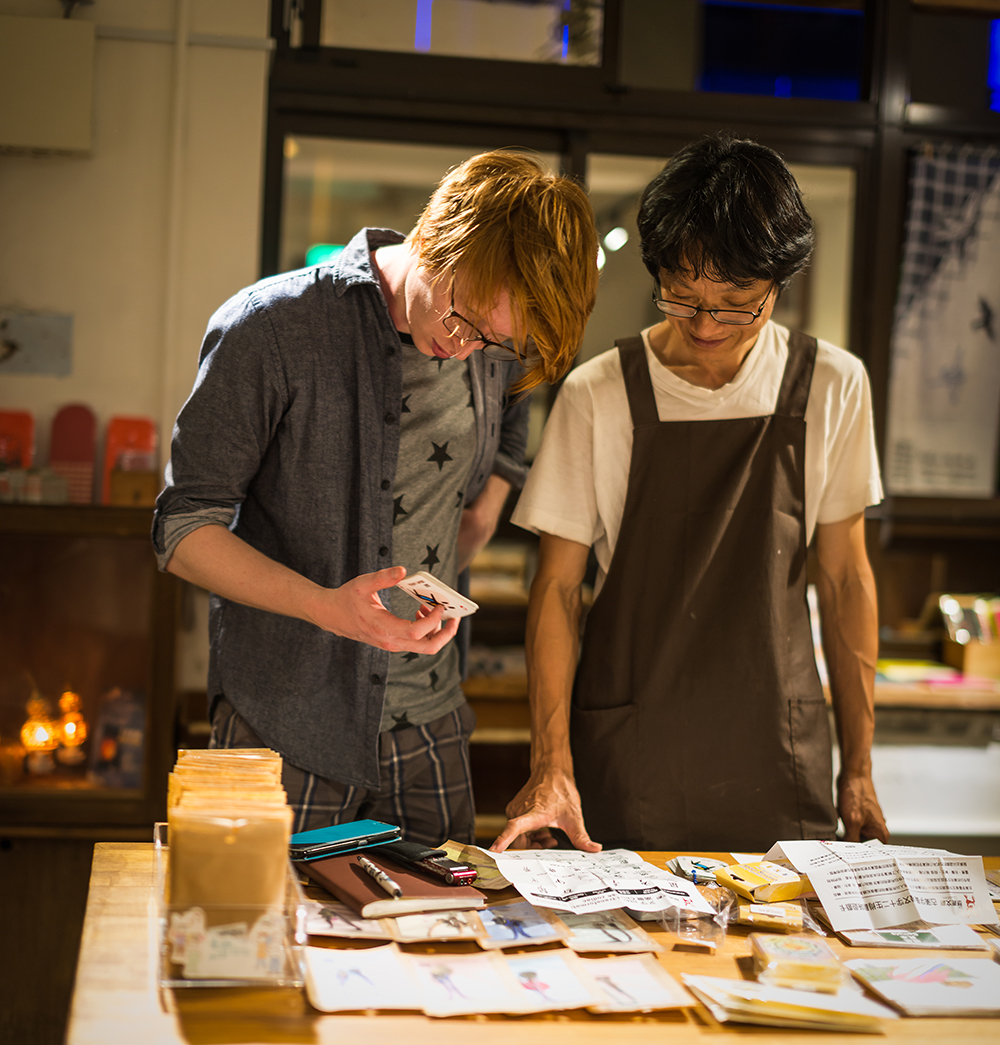

About the author









